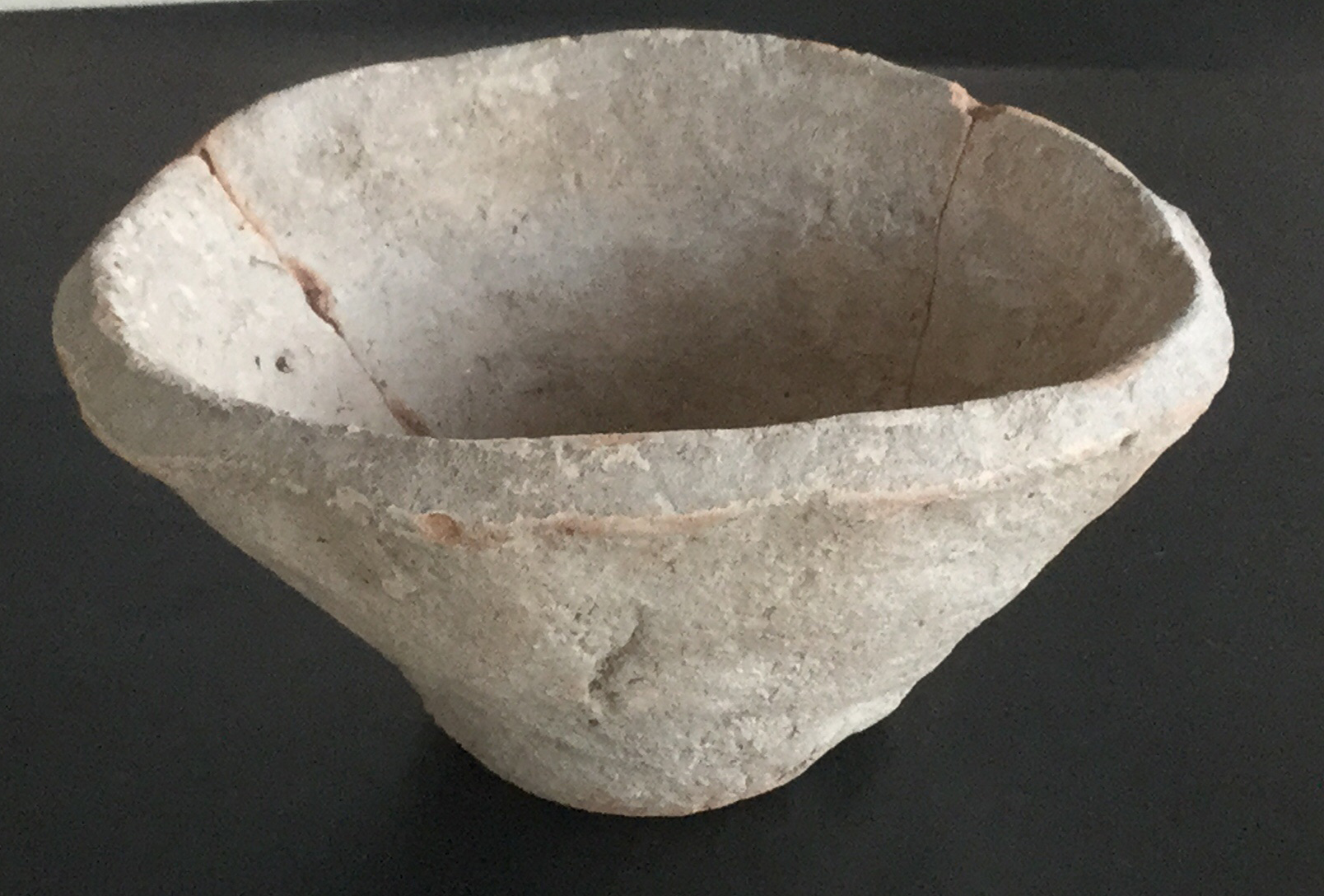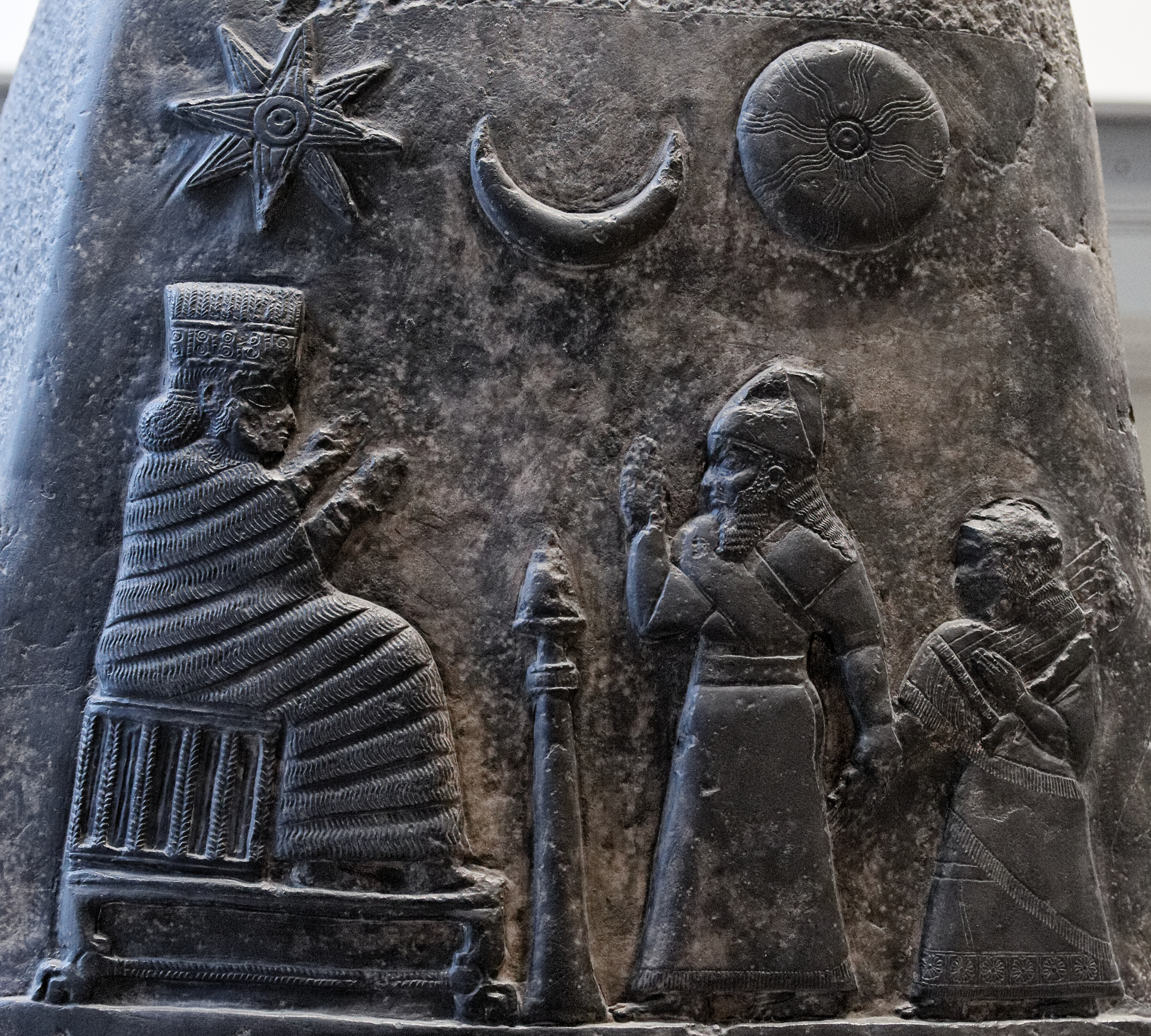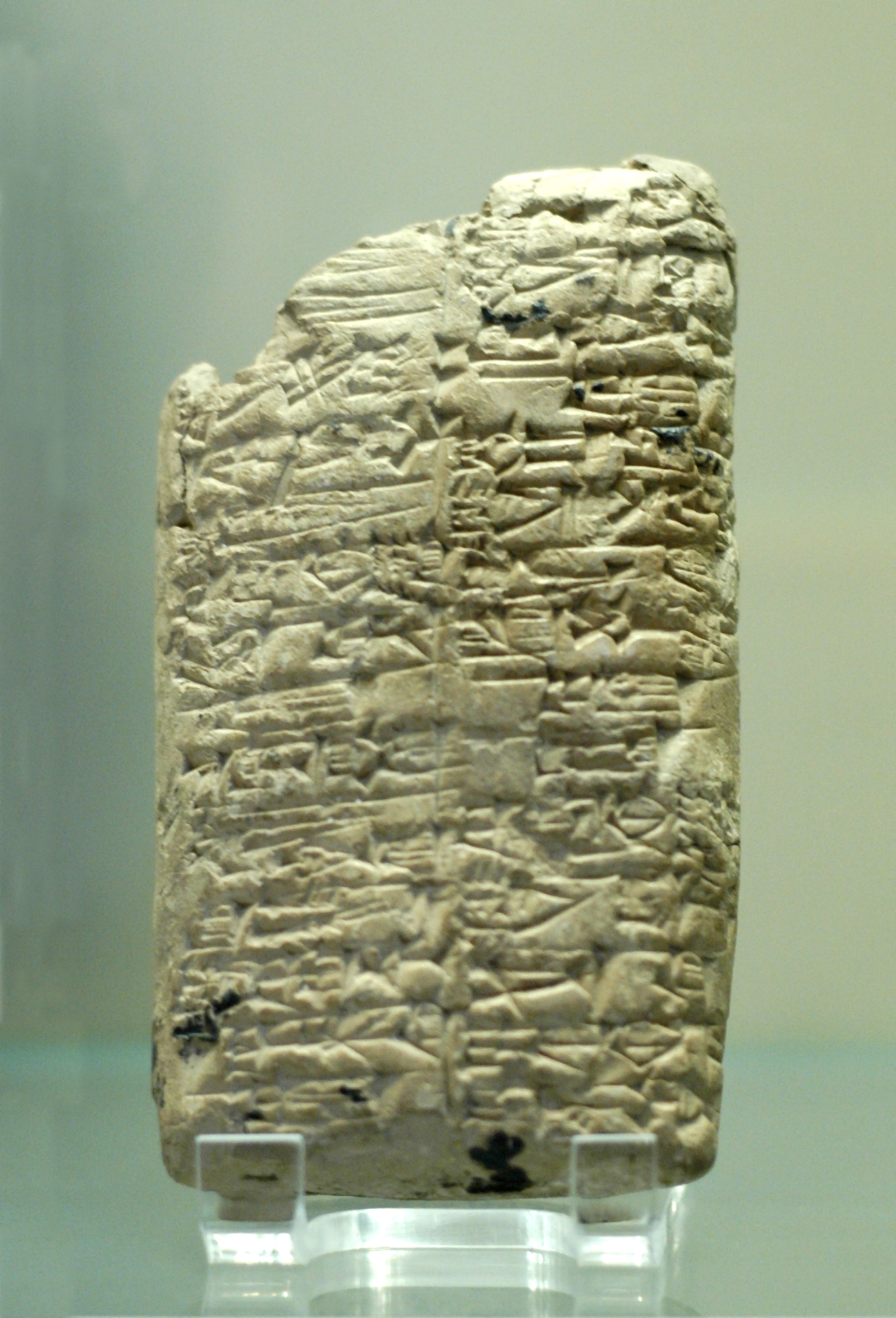|
Tell Uqair
Tell Uqair (Tell 'Uquair, Tell Aqair) is a Tell (archaeology), tell or settlement mound northeast of ancient Babylon, about 25 kilometers north-northeast of the ancient city of Kish (Sumer), Kish, just north of Kutha, and about south of Baghdad in modern Babil Governorate, Iraq. It was occupied in the Ubaid period (c. 5500–3700 BC) and the Uruk period (c. 4000–3100 BC). It has been proposed as the site of the 3rd millennium BC city of Urum. Archaeology Tell Uqair is a small mound just north of, and in sight of, Tell Ibrahim, the large mound marking the site of ancient Kutha. It lies about halfway between the Tigris and Euphrates rivers. The topography consists of two contiguous mounds, north (Mound B) and south (Mound A), separated by what is apparently the bed of an ancient canal. At maximum the hills are 6 meters above the terrain line (aside from a small 10 meter prominence on the west end of Mound A), with many levels having been eroded from the tops. The site has a tot ... [...More Info...] [...Related Items...] OR: [Wikipedia] [Google] [Baidu] |
Sin (mythology)
Sin () or Suen (, ) also known as Nanna ( ) is the Mesopotamian god representing the moon. While these two names originate in two different languages, respectively Akkadian language, Akkadian and Sumerian language, Sumerian, they were already used interchangeably to refer to one deity in the Early Dynastic Period (Mesopotamia), Early Dynastic period. They were sometimes combined into the double name Nanna-Suen. A third well attested name is Dilimbabbar (). Additionally, the name of the moon god could be represented by logograms reflecting his lunar character, such as d30 (), referring to days in the lunar month or dU4.SAKAR (), derived from a term referring to the crescent. In addition to his astral role, Sin was also closely associated with cattle herding. Furthermore, there is some evidence that he could serve as a judge of the dead in the Ancient Mesopotamian underworld, underworld. A distinct tradition in which he was regarded either as a god of equal status as the usual hea ... [...More Info...] [...Related Items...] OR: [Wikipedia] [Google] [Baidu] |
Babil Governorate
Babylon Governorate or Babil Province ( ''Muḥāfaẓa Bābil'') is a governorates of Iraq, governorate in central Iraq. It has an area of , The population in Babil for 2023 is 1,820,700. The provincial capital is the city of Al Hillah, Hillah, which lies opposite the ancient city of Babylon (بابل), on the Euphrates river. History The ancient city of Babylon, in present-day Babylon Province was the capital of ancient Babylonia, situated on the Euphrates river south of Baghdad, Iraq. The city was occupied from the 3rd millennium BC but became important early in the 2nd millennium under the kings of the First Dynasty of Babylon. The sixth king of this dynasty was Hammurabi (1792–1750 BC) who made Babylon the capital of a vast empire and is best remembered for his Code of Hammurabi, code of laws. The city peaked in pre-eminence when Nabopolassar (626–605 BC) and his successor and son Nebuchadnezzar II (605–562 BC) extended the Neo-Babylonian Empire over most of Western A ... [...More Info...] [...Related Items...] OR: [Wikipedia] [Google] [Baidu] |
Heidelberg University
Heidelberg University, officially the Ruprecht Karl University of Heidelberg (; ), is a public research university in Heidelberg, Baden-Württemberg, Germany. Founded in 1386 on instruction of Pope Urban VI, Heidelberg is Germany's oldest university and one of the world's oldest surviving universities; it was the third university established in the Holy Roman Empire after Prague (1347) and Vienna (1365). Since 1899, it has been a coeducational institution. Heidelberg is one of the most prestigious universities in Germany. It is a German Excellence University, part of the U15, as well as a founding member of the League of European Research Universities and the Coimbra Group. The university consists of twelve faculties and offers degree programmes at undergraduate, graduate and postdoctoral levels in some 100 disciplines. The language of instruction is usually German, while a considerable number of graduate degrees are offered in English as well as some in French. 57 Nobel ... [...More Info...] [...Related Items...] OR: [Wikipedia] [Google] [Baidu] |
Ur III
The Third Dynasty of Ur or Ur III was a Sumerian dynasty based in the city of Ur in the 22nd and 21st centuries BC (middle chronology). For a short period they were the preeminent power in Mesopotamia and their realm is sometimes referred to by historians as the Neo-Sumerian Empire. The Third Dynasty of Ur is commonly abbreviated as "Ur III" by historians studying the period. It is numbered in reference to previous dynasties, such as the First Dynasty of Ur (26-25th century BC), but it seems the once supposed Second Dynasty of Ur was never recorded. The Third Dynasty of Ur was the last Sumerian dynasty which came to preeminent power in Mesopotamia. It began after several centuries of control, exerted first by the Akkadian Empire, and then, after its fall, by Gutian and independent Sumerian city-state kings. It controlled the cities of Isin, Larsa, and Eshnunna and extended as far north as Upper Mesopotamia. The Ur III provinces, from north to south were Sippar, Tiwe, Urum, P ... [...More Info...] [...Related Items...] OR: [Wikipedia] [Google] [Baidu] |
Clay Tablet
In the Ancient Near East, clay tablets (Akkadian language, Akkadian ) were used as a writing medium, especially for writing in cuneiform, throughout the Bronze Age and well into the Iron Age. Cuneiform characters were imprinted on a wet clay tablet with a stylus often made of Reed (plant), reed (reed pen). Once written upon, many tablets were dried in the sun or air, remaining fragile. Later, these unfired clay tablets could be soaked in water and recycled into new clean tablets. Other tablets, once written, were either deliberately fired in hot kilns, or inadvertently fired when buildings were burnt down by accident or during conflict, making them hard and durable. Collections of these clay documents made up the first archives. They were at the root of the first library, libraries. Tens of thousands of written tablets, including many fragments, have been found in the Middle East. Most of the documents on tablets that survive from the Minoan civilization, Minoan and Mycenaean ... [...More Info...] [...Related Items...] OR: [Wikipedia] [Google] [Baidu] |
Victory Stele Of Naram Sin 9068
The term victory (from ) originally applied to warfare, and denotes success achieved in personal combat, after military operations in general or, by extension, in any competition. Success in a military campaign constitutes a strategic victory, while the success in a military engagement is a tactical victory. In terms of human emotion, victory accompanies strong feelings of elation, and in human behaviour often exhibits movements and poses paralleling threat display preceding the combat, which are associated with the excess endorphin built up preceding and during combat. Victory dances and victory cries similarly parallel war dances and war cries performed before the outbreak of physical violence. Examples of victory behaviour reported in Roman antiquity, where the term originated, include: the victory songs of the Batavi mercenaries serving under Gaius Julius Civilis after the victory over Quintus Petillius Cerialis in the Batavian rebellion of 69 AD (according to Taci ... [...More Info...] [...Related Items...] OR: [Wikipedia] [Google] [Baidu] |
Blau Monuments
The Blau Monuments are a pair of inscribed stone objects from Mesopotamia now in the British Museum. They are commonly thought to be a form of ancient kudurru (boundary marker stone).I. J. Gelb, P. Steinkeller, and R. M. Whiting Jr, "OIP 104. Earliest Land Tenure Systems in the Near East: Ancient Kudurrus", Oriental Institute Publications 104 Chicago: The Oriental Institute, 1989, 1991Text History The Monuments were purchased by A. Blau in 1886 near the city of Uruk (modern-day Iraq). They were eventually acquired by the British Museum. They were carved of bright blue stone commonly regarded as a dark shale or kind of schist. Thought to be forgeries for some time,Mallowan, Max E. L. (1961a). Early Mesopotamia and Iran. London: Thames & Hudson1961b). The Birth of Written History. In: The Dawn of Civilization. Ed. by Stuart Piggott. London: Thames & Hudson, 65–96 excavations at Uruk redeemed them through revealing stylistic parallels in a basalt stele and the famous Warka Vase. S ... [...More Info...] [...Related Items...] OR: [Wikipedia] [Google] [Baidu] |





